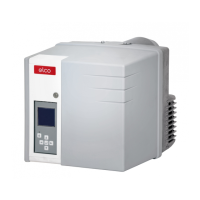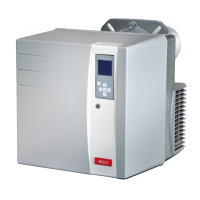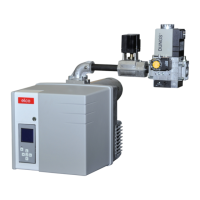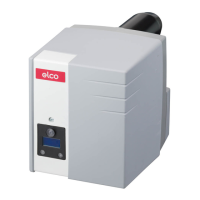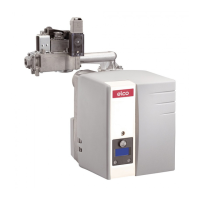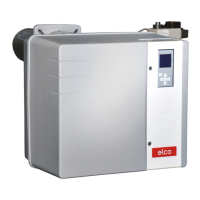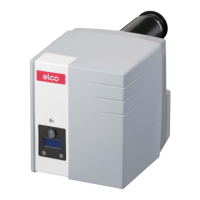What to do if Elco Burner starts and stops after solenoid valves open?
- TThomas SolisAug 3, 2025
If your Elco Burner starts and then stops after the solenoid valves have opened, it indicates there's no flame detected at the end of the safety time. Here's what you can do: * Check the fuel oil level in the tank and refill if necessary, ensuring the valves are open. * Examine the fuel oil pressure, pump operation, coupling, filter, and solenoid valve. * Inspect the ignition circuit, electrodes, and their settings; clean the electrodes. * Clean or replace the cell. * If needed, replace parts such as ignition electrodes, ignition cables, igniter, nozzle, pump, solenoid valve, or the safety unit.
